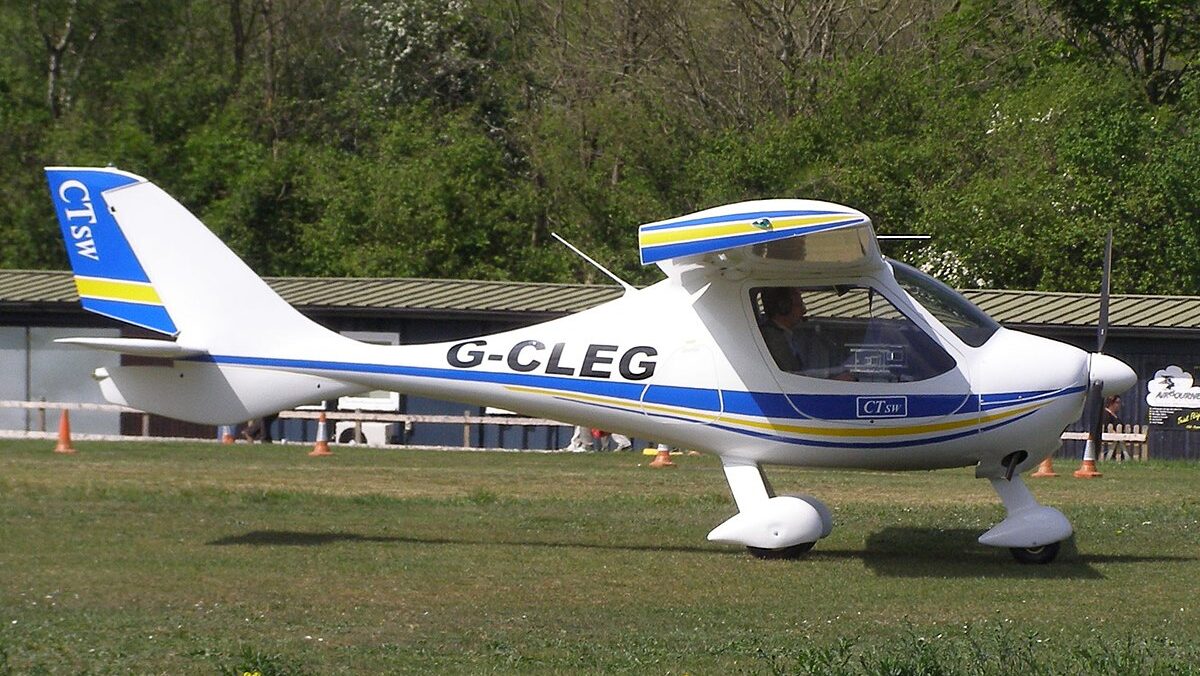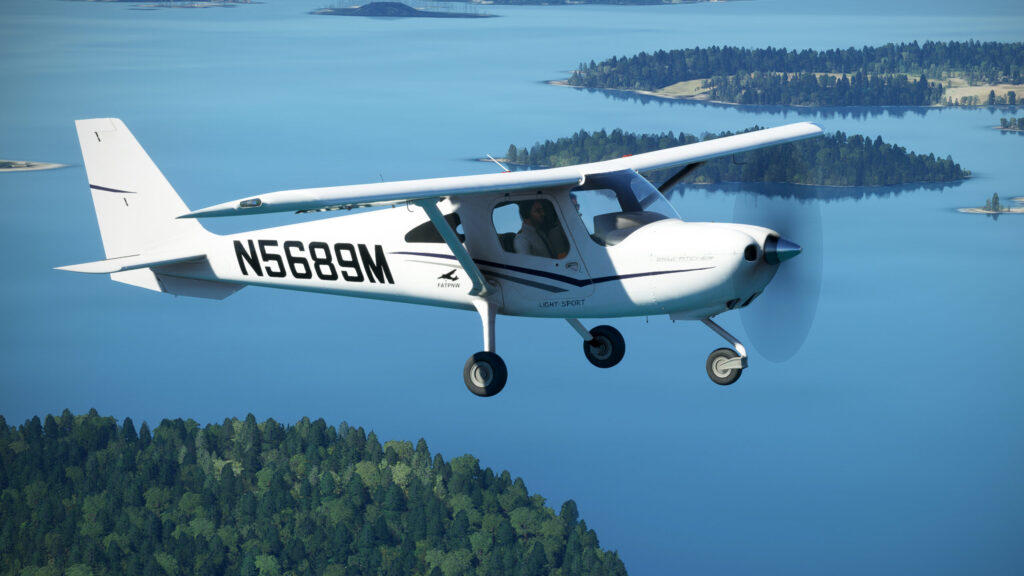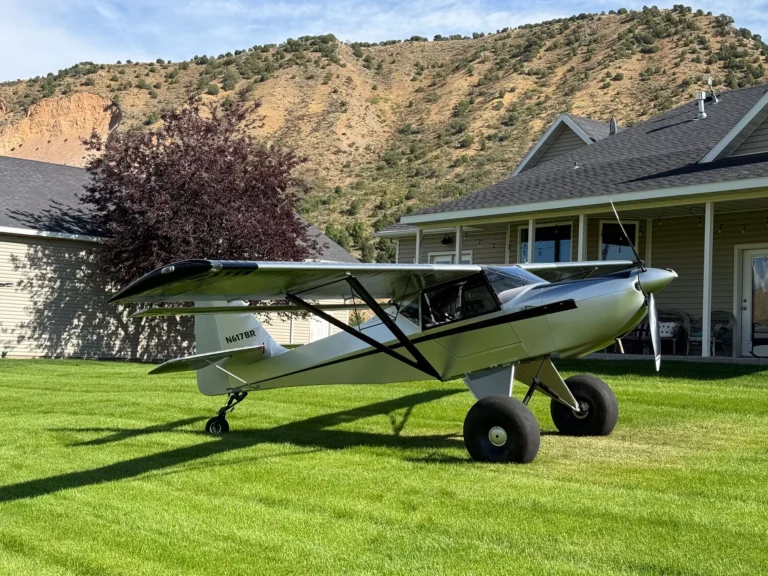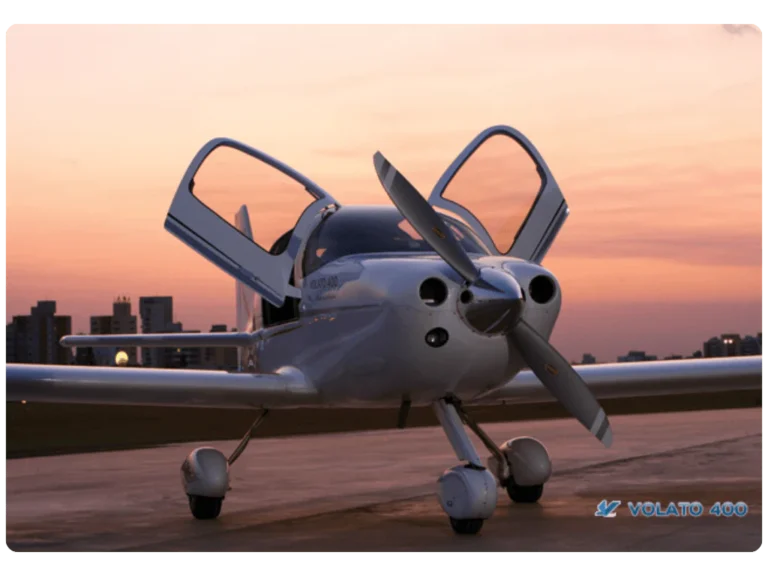Top 12 Light Sport Aircraft for Beginner Pilots
Light Sport Aircraft (LSA) have revolutionized the aviation industry, providing an accessible and affordable entry point for aspiring pilots. These compact, lightweight planes are perfect for those eager to take to the skies without the complexities and costs associated with larger aircraft. With simplified controls, lower operating expenses, and fewer regulatory hurdles, LSA offer an ideal solution for beginner pilots.
In this guide, we’ll explore the top 12 light sport aircraft that combine performance, reliability, and affordability. Whether you’re looking for a sleek modern design or a classic-inspired model, there’s an LSA to match your needs.
What Is a Light Sport Aircraft?
Light Sport Aircraft are a category of small, lightweight planes designed for recreational and training purposes. According to the FAA, LSA must adhere to these specifications:
- Maximum takeoff weight: 1,320 pounds (600 kg) for land planes or 1,430 pounds (650 kg) for seaplanes.
- Maximum cruise speed: 120 knots (138 mph).
- Seating capacity: Two people (pilot and passenger).
- Fixed gear and propeller: To simplify maintenance and operation.
In Europe, Light Sport Aeroplanes (LSA) are regulated by the European Union Aviation Safety Agency (EASA) and must comply with the following criteria:
- Maximum Take-Off Mass: Not more than 600 kg.
- Maximum stalling speed (VS₀): Not more than 45 knots CAS in the landing configuration at the aircraft’s maximum certificated Take-Off Mass and most critical center of gravity.
- Seating capacity: No more than two persons, including the pilot.
- Engine type: A single, non-turbine engine fitted with a propeller.
- Cabin type: A non-pressurized cabin.
The EASA, established in 2003, ensures the highest standards of aviation safety and environmental protection across Europe. It sets and oversees design, production, and operational standards for various categories of aircraft, including LSA.
These aircraft are smaller and more economical compared to general aviation planes, making them an excellent choice for pilots looking to gain flying experience or enjoy leisure flights.
You will be interested: Top 10 Must-See Kit Planes for Builders and Flyers
Why Choose a Light Sport Aircraft as a Beginner Pilot?
For beginner pilots, LSA offer several compelling advantages:
- Ease of Use: Simplified cockpit designs reduce the learning curve.
- Affordability: Both purchase and operating costs are significantly lower.
- Flexible Licensing: Obtaining a Sport Pilot License (SPL) requires fewer training hours compared to a Private Pilot License (PPL).
- Fuel Efficiency: Smaller engines use less fuel, reducing environmental impact and expenses.
- Recreational Freedom: Ideal for short trips, scenic flights, and building confidence in the air.
Top 12 Light Sport Aircraft for Beginners
When starting your journey into aviation, choosing the right light sport aircraft (LSA) is essential. These aircraft are designed with simplicity, safety, and cost-effectiveness in mind, making them ideal for new pilots. Here’s an in-depth look at 12 of the best LSAs for beginners, highlighting their features, advantages, and why they stand out in the aviation world.
Flight Design | CTLS

- Price: $180,000
- Max Speed: 120 knots (138 mph)
- Cruise Speed: 112 knots (129 mph)
- Range: 1,000 miles (1,609 km)
- Fuel Consumption: 5 gallons/hour
- Highlights: Renowned for its innovative design, spacious cockpit, and superior safety features.
Pipistrel | Virus SW

- Price: $200,000
- Max Speed: 147 knots (170 mph)
- Cruise Speed: 140 knots (161 mph)
- Range: 800 miles (1,287 km)
- Fuel Consumption: 4 gallons/hour
- Highlights: Aerodynamic and fuel-efficient, perfect for speed enthusiasts.
Aeroprakt | A-22

- Price: $80,000 – $120,000
- Max Speed: 90 knots (104 mph)
- Cruise Speed: 85 knots (98 mph)
- Range: 500 miles (804 km)
- Fuel Consumption: 4.5 gallons/hour
- Highlights: Offers unparalleled visibility with panoramic windows, ideal for leisure flights.
Van’s Aircraft | RV-12

- Price: $140,000 – $160,000
- Max Speed: 110 knots (127 mph)
- Cruise Speed: 105 knots (120 mph)
- Range: 650 miles (1,046 km)
- Fuel Consumption: 5 gallons/hour
- Highlights: Popular in the U.S., easy to handle, and robust for extended use.
Czech Sport Aircraft | SportCruiser

- Price: $150,000 – $180,000
- Max Speed: 119 knots (137 mph)
- Cruise Speed: 114 knots (131 mph)
- Range: 600 miles (965 km)
- Fuel Consumption: 6 gallons/hour
- Highlights: Known for its elegant design and comfortable cabin, perfect for beginner pilots and flight schools.
Tecnam | P92 Echo MKII

- Price: $140,000
- Max Speed: 115 knots (132 mph)
- Cruise Speed: 100 knots (115 mph)
- Range: 800 miles (1,287 km)
- Fuel Consumption: 5 gallons/hour
- Highlights: Dependable, durable, and ideal for training new pilots.
CubCrafters | Carbon Cub SS

- Price: $250,000
- Max Speed: 104 knots (120 mph)
- Cruise Speed: 110 knots (126 mph)
- Range: 350 miles (724 km)
- Fuel Consumption: 6 gallons/hour
- Highlights: Modern technology in a classic-inspired design, excelling in short takeoffs.
ICON | A5

- Price: $359,000
- Max Speed: 95 knots (109 mph)
- Cruise Speed: 85 knots (98 mph)
- Range: 491 miles (790 km)
- Fuel Consumption: 4 gallons/hour
- Highlights: Amphibious capabilities, allowing land and water landings for diverse adventures.
JMB Aircraft | VL3

- Price: $210,000 – $240,000
- Max Speed: 160 knots (184 mph)
- Cruise Speed: 145 knots (167 mph)
- Range: 800 miles (1,287 km)
- Fuel Consumption: 5.5 gallons/hour
- Highlights: Exceptional speed and efficiency, with sleek aesthetics and advanced avionics.
Evektor | Harmony

- Price: $150,000 – $180,000
- Max Speed: 116 knots (133 mph)
- Cruise Speed: 110 knots (127 mph)
- Range: 700 miles (1,127 km)
- Fuel Consumption: 5 gallons/hour
- Highlights: Stability and smooth flying experience, with certifications in multiple countries.
Shark UL

- Price: $180,000
- Max Speed: 160 knots (184 mph)
- Cruise Speed: 145 knots (167 mph)
- Range: 700 miles (1,127 km)
- Fuel Consumption: 6 gallons/hour
- Highlights: Known as one of the fastest LSA, combining sleek design with superior performance.
Cessna | 162 Skycatcher

- Price: $69,000 Used
- Max Speed: 118 knots (136 mph)
- Cruise Speed: 104 knots (120 mph)
- Range: 470 miles (756 km)
- Fuel Consumption: 5 gallons/hour
- Highlights: Designed by Cessna as a beginner-friendly trainer with reliable handling and simple controls.
Factors to Consider When Choosing Your First Light Sport Aircraft
Selecting the right LSA is crucial for your flying journey. Here are some factors to keep in mind:
- Budget: Consider both the upfront cost and ongoing expenses such as maintenance and fuel.
- Performance: Evaluate speed, range, and maneuverability based on your goals.
- Support and Maintenance: Ensure the manufacturer provides accessible customer service and spare parts.
- Training Availability: Choose a model commonly used by flight schools for easier access to instruction.
- Resale Value: If you plan to upgrade, opt for a model with strong demand in the used aircraft market.
You may need: Complete Guide to Obtaining a Third Class Medical Certificate
Regulations and Licensing for Light Sport Aircraft
In the U.S., the FAA oversees LSA regulations. To fly an LSA, you’ll need a Sport Pilot License (SPL), which requires:
- A minimum of 20 flight hours, including solo and dual instruction.
- Passing a knowledge test and a practical exam.
- Meeting basic health requirements (no medical certificate needed; a valid driver’s license suffices).
In Europe, EASA regulates LSA under slightly different guidelines, emphasizing compliance with specific safety standards.
Conclusion
Light Sport Aircraft provide a gateway for aspiring pilots to achieve their dreams of flying. With their affordability, ease of use, and accessibility, LSA are transforming the aviation landscape. By choosing the right aircraft and understanding your unique needs, you can embark on an exciting journey in the skies.
So, whether you’re exploring scenic landscapes or preparing for a professional aviation career, LSA offer an unbeatable combination of freedom and functionality.







